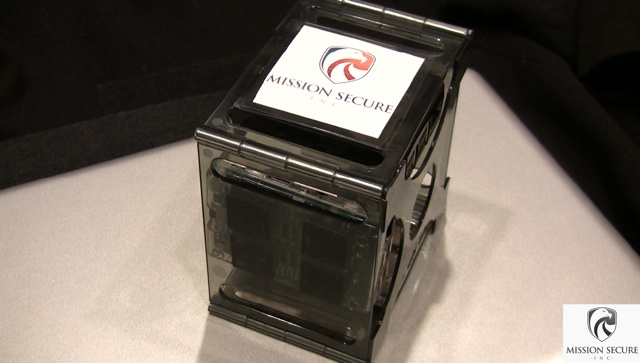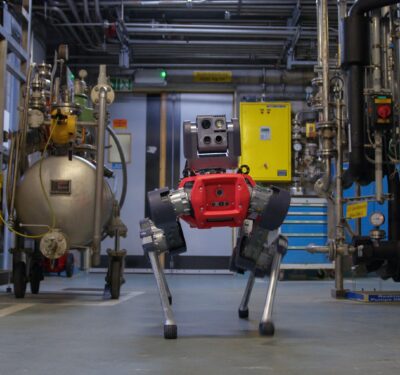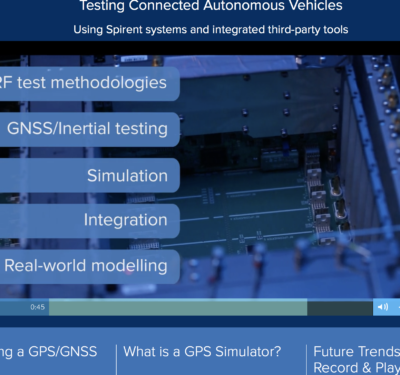
Secure Sentinel product platform by Mission Secure Inc.
Researchers in Virginia have successfully demonstrated a cybershield for autonomous vehicles based on technology originally developed to protect unmanned aircraft.
Mission Secure Inc. and the University of Virginia recently completed a pilot project demonstrating the effectiveness of the Secure Sentinel Solution against cyber attacks targeting a vehicle’s acceleration, braking and a collision avoidance system.
“The hacks and the attacks can be different,” said Paul Perrone, president and CEO of Perrone Robotics, which supplied Tommy Jr., the target vehicle. “Once these systems are in control of speed and steering, a hack can cause a vehicle to steer erratically or cause the car to accelerate or stop on a busy highway. As we make the march toward full autonomy, the driver will become less and less engaged with driving tasks and will be more trusting in the system. So the risk and exposure for these kinds of hacks is much greater.”
Both Secure Sentinel and MSi spring from System-Aware Cybersecurity research done at the University of Virginia, said MSi’s Chief Technology Officer Dan Park. The system delivers point defense to monitor for and counter cyber attacks, enabling the system to continue to operate. It also alerts when there are problems.
“This isn’t like just adding a firewall,” said Paul Robertson, senior technical advisor at MSi. “You’re adding something that continues operations, so if you have an attack the system keeps functioning. It continues your normal operations as much as possible given the ongoing threat.”
“These kind of new threats are unique to autonomous vehicles,” Perrone said. “Our autonomous vehicle has a lot of the capabilities you might see in the Google car or any of the cars that are going to be on the public highways in the next 5, 10, 15 years.”
Before the pilot began, Perrone made sure Tommy Jr. represented a reference architecture of the most recent research and advances in autonomous vehicles. This gave the firm the opportunity to think about the future of driverless technology, how easily it can be hacked and how to best build these systems.
“We learned about the kind of hacks that can be embedded from manufacturers,” Perrone said. “A lot of these parts and components are developed outside the companies that manufacture the cars, and could be embedded with weaknesses or things that expose you to attacks. How do you defend against that? You have to make the system more robust and resilient to not just failures but to pre-meditated human engineered vulnerabilities.”
While cyber attacks are more severe when targeted at fully autonomous vehicles, they also can be a problem for the semi-autonomous cars on the roads today, Perrone said. It can even be a risk for a car that just has cruise control.
Though the pilot project focused on driverless vehicles, the Sentinel and Tommy Jr. software are applicable in other areas, including any unmanned system whether it’s built for air, land or water, Perrone said. MSi recently demonstrated how their solution can be used to counter cyber attacks in unmanned aircraft. That demonstration was the genesis of the vehicle pilot project.






